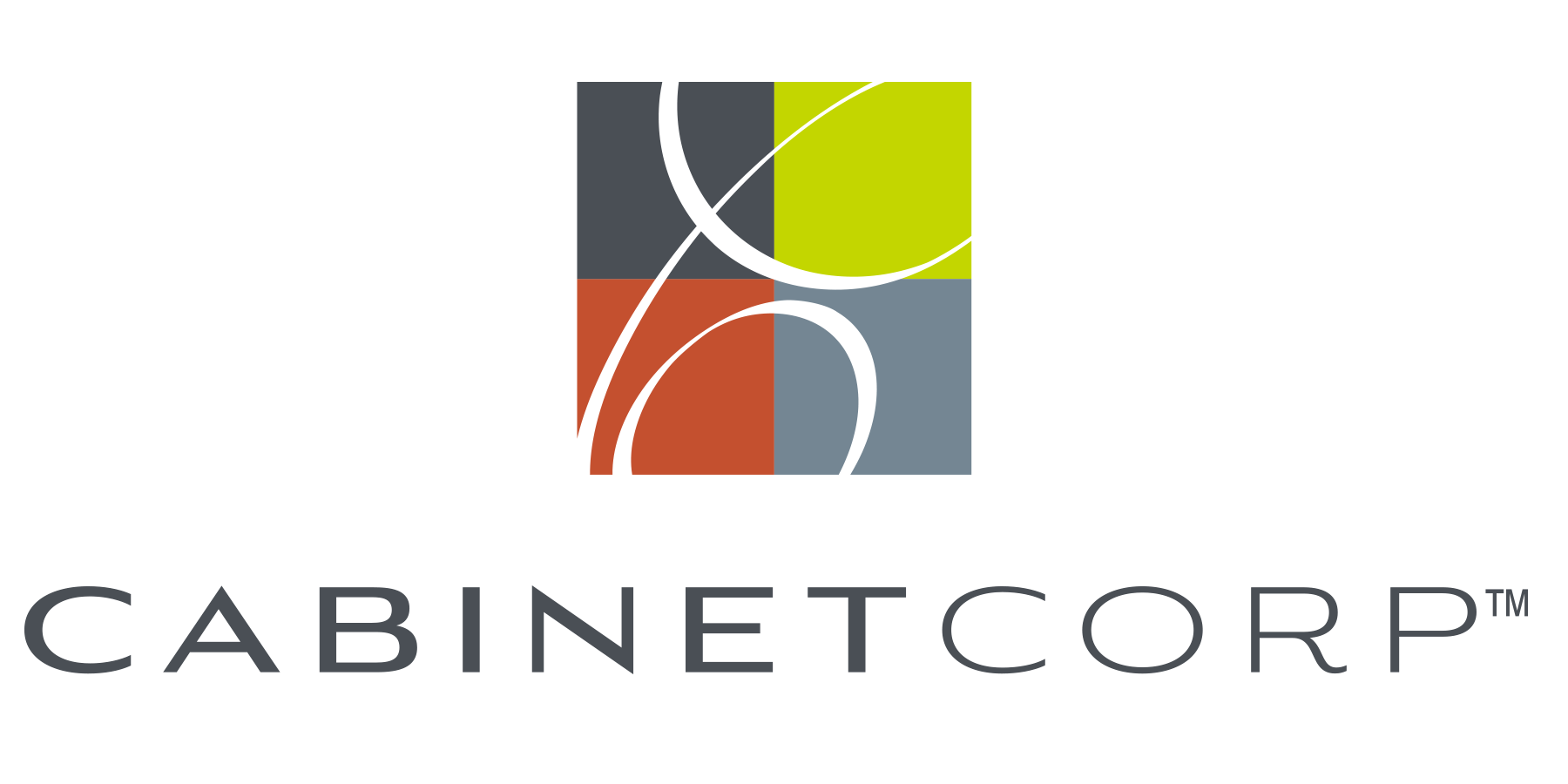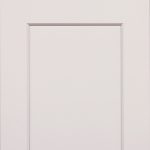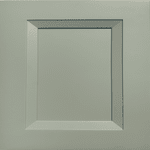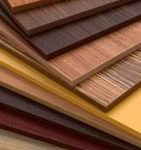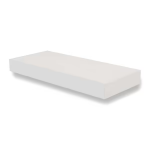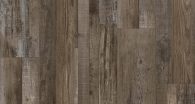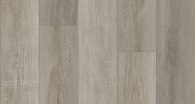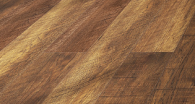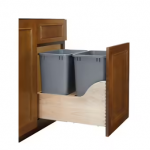High-humidity environments, like coastal homes or spaces with limited ventilation, present unique challenges. The key to overcoming these challenges lies in the materials you choose.
Prioritize Moisture-Resistant Materials
Choosing the right material for your cabinetry is crucial for its durability in high-humidity environments. Certain materials naturally offer superior resistance to moisture, preventing swelling, warping, and decay. Here are some top choices for moisture-resistant materials:
Marine-Grade Plywood
Marine-grade plywood is an excellent choice for areas with fluctuating humidity. Designed for maximum durability and water resistance, this reduces the chance of water seeping into the core. Marine-grade plywood cabinets can resist moisture for up to 50 years, making them perfect for high-humidity environments. Their structural integrity means they can handle the stresses of varying temperatures and humidity levels without compromising their form.
Medium-Density Fiberboard (MDF)

MDF is a versatile material that performs well in humid environments when adequately sealed with moisture-resistant coatings. Its smooth, knot-free consistency adds stability, helping prevent warping and providing a smooth surface for finishes. This designation indicates that the board effectively withstands humid conditions.
Stainless Steel or PVC Cabinets
Homeowners looking for maximum moisture resistance can consider stainless steel or PVC cabinets. These materials are completely waterproof, ideal for bathroom vanities or laundry rooms.
Stainless steel is resistant to rust and corrosion, offering functionality and modern aesthetics. PVC is lightweight, simple to clean, and available in many styles and colors.
Select High-Quality Finishes and Seals
Even the most moisture-resistant materials require additional protection in high-humidity settings. A good finish or seal prevents water damage and protects from wear. Here are some to consider:
Moisture-Resistant Coatings

Waterborne polyurethane, melamine, and acrylic finishes are renowned for their ability to protect cabinets in humid conditions. These coatings, favored by 60% of homeowners in humid areas (NKBA), are more flexible than traditional varnishes. This allows the wood to expand and contract without cracking.
Edge Banding
Sealing all exposed edges with edge banding is critical for plywood or MDF cabinetry. This prevents moisture from penetrating the core and causing swelling. High humidity can cause wood cabinets to swell by 3-5%, leading to gaps and alignment issues (Fine Homebuilding). Proper edge banding protects the integrity of the cabinetry and guarantees its overall appearance, ensuring a polished look.
Anti-Mold Treatments
A mold-resistant coating in humid areas helps prevent mold and mildew. These treatments create a barrier that inhibits mold growth, crucial in areas prone to high humidity.
Ensure Proper Ventilation and Airflow
Even with the best materials and finishes, cabinetry in high-humidity environments benefits greatly from adequate airflow and ventilation. Stagnant air and trapped moisture can accelerate cabinet degradation, especially in enclosed spaces. Here are some strategies to enhance ventilation:
Install Ventilation Systems

Exhaust fans can effectively control humidity and reduce moisture in kitchens, bathrooms, and laundry rooms. Make sure these systems are correctly sized and maintained for maximum effectiveness.
Dehumidifiers
Dehumidifiers can lower the air’s moisture content in particularly humid climates, helping protect cabinets from humidity-related damage. This is especially beneficial in areas prone to excessive moisture, like basements or bathrooms. Regular use of dehumidifiers can significantly improve a home’s overall air quality and environment.
Ensure Cabinet Ventilation
When designing cabinets for laundry or bathroom settings, consider adding ventilation slats or vents. This encourages better air circulation inside the cabinetry, reducing moisture retention and preventing mold growth.
Implement Regular Maintenance for Long-Term Durability
Regular maintenance is a key aspect of preserving the condition of cabinetry in high-humidity environments over the years. Proactive upkeep can help identify and address potential damage before it becomes a significant issue. Here are some maintenance tips:
Clean and Inspect Regularly

Wipe cabinets regularly with a dry or slightly damp cloth to prevent moisture buildup. Make sure to check for signs of mold, mildew, or warping during routine cleanings. If you detect mold, address it immediately with the appropriate cleaning solutions.
Reapply Sealants
Even the best cabinetry finishes can wear down over time. Reapplying a moisture-resistant sealant every few years can prolong the cabinetry’s life and prevent moisture infiltration.
Check Hardware for Rust
Humidity can impact cabinet hardware, leading to rust on hinges, handles, and drawer slides. Regularly inspecting and cleaning these components will keep the cabinetry functioning smoothly and looking good.
Consult with Professionals for Custom Solutions
Extreme moisture exposure in some high-humidity environments may necessitate specialized cabinetry solutions. Seeking advice from cabinet manufacturers and designers can assure the use of suitable materials and protective measures. Here are some ways to engage professionals:
Customized Designs
Connect and collaborate with professionals who can create custom cabinetry solutions tailored to specific humidity challenges. This includes using advanced materials and finishes designed explicitly for high-moisture environments.
Education and Training
Builders and contractors should invest in ongoing education about moisture-resistant materials and finishes. This knowledge enables them to advise clients on the best options for their specific needs.
Collaboration with Suppliers
Work closely with suppliers to stay updated on the latest moisture-resistant materials and technological advancements. This collaboration can lead to innovative solutions that enhance cabinet durability.
Explore Eco-Friendly Moisture-Resistant Materials
Discover eco-friendly, moisture-resistant materials for homeowners or builders looking for sustainability alongside durability. Some of these include:
- Bamboo Plywood: Naturally moisture-resistant and highly sustainable, bamboo plywood is a great choice for eco-conscious homeowners.
- Recycled Plastic and Composite Materials: These materials combine sustainability and moisture resistance, offering a green alternative to traditional cabinetry.
Smart Technology for Humidity Control

Integrating innovative technology can help homeowners maintain humidity levels, adding a high-tech edge to cabinetry care.
- Smart Dehumidifiers: These devices automatically regulate humidity to prevent cabinet damage.
- Smart Ventilation Systems: New innovative ventilation technologies that monitor air quality and humidity can prevent moisture buildup.
Key Takeaways
High-humidity environments demand more attention to cabinetry selection and maintenance. Homeowners and builders can prolong cabinet life by using moisture-resistant materials, applying protective finishes, allowing for proper ventilation, and maintaining them regularly.
Ready to Create Durable Cabinetry Solutions?
Contact CabinetCorp today for expert advice and high-quality products that meet the unique needs of high-humidity spaces. Together, we can design cabinetry solutions that withstand challenging environments. Let us help you create a beautiful and functional space that lasts.


